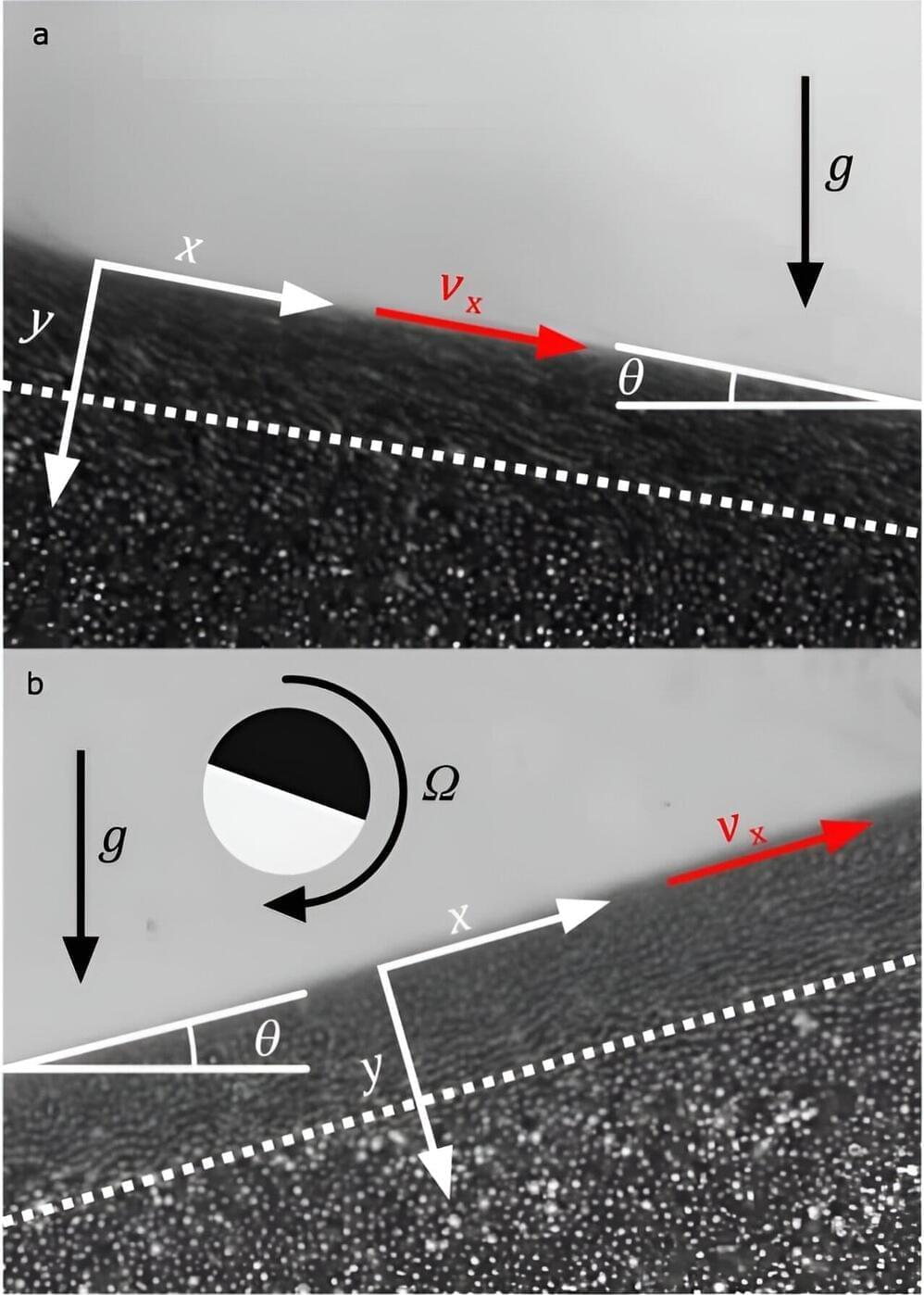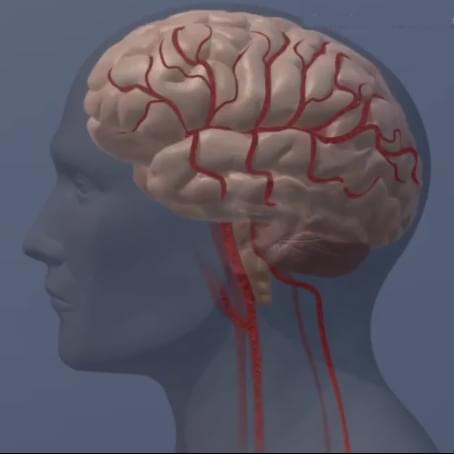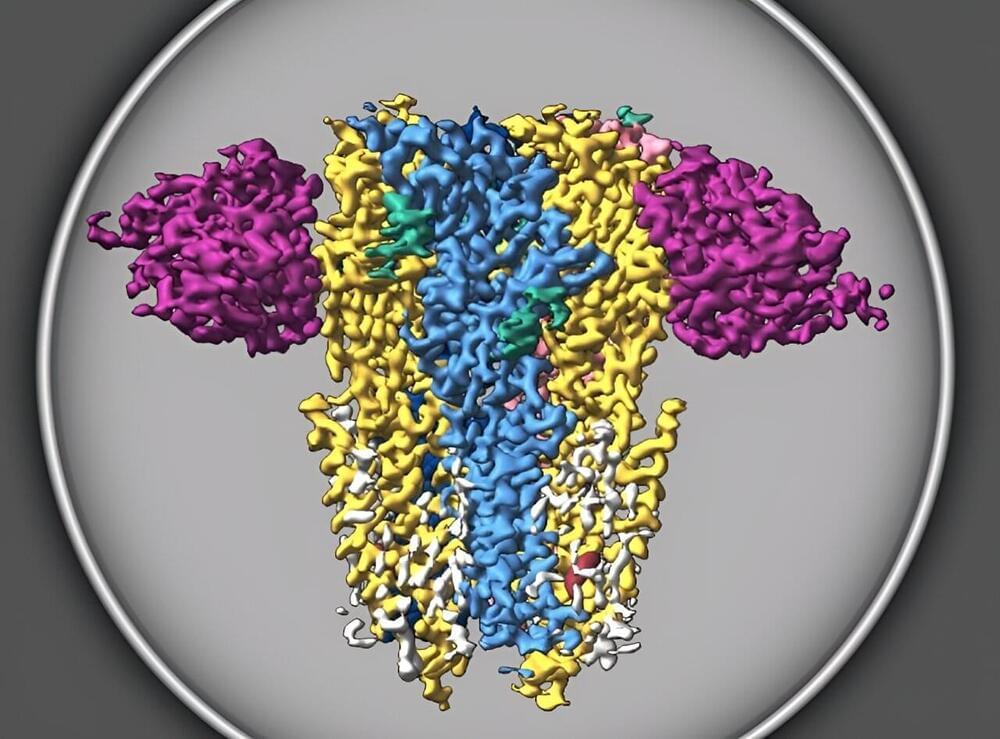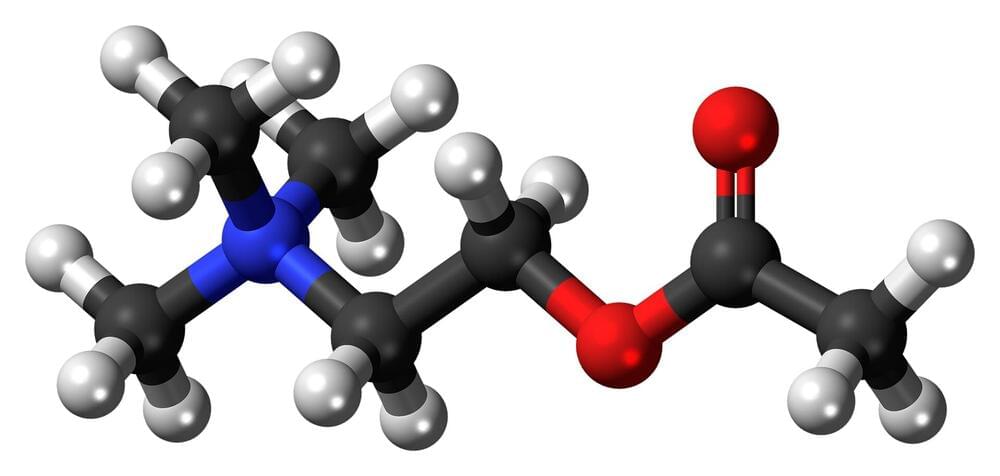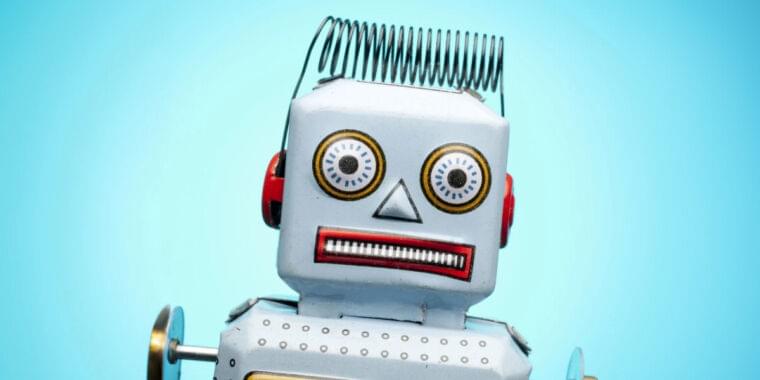Sep 20, 2023
Researchers make sand that flows uphill
Posted by Saúl Morales Rodriguéz in categories: chemistry, engineering, information science, particle physics
Engineering researchers at Lehigh University have discovered that sand can actually flow uphill.
The team’s findings were published today in the journal Nature Communications. A corresponding video shows what happens when torque and an attractive force is applied to each grain—the grains flow uphill, up walls, and up and down stairs.
Continue reading “Researchers make sand that flows uphill” »
